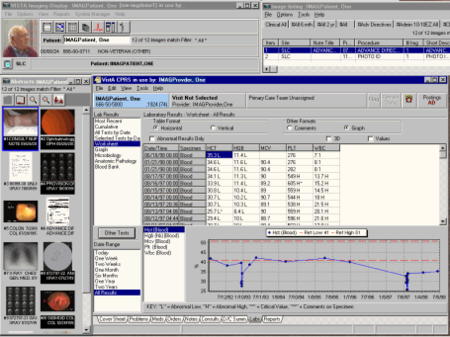Hospitals & Health Networks reports that “analytics are the heart of data-driven continuous improvement and performance excellence initiatives at Connecticut Children’s Medical Center in Hartford.” To read H&HN’s whole report, please hit this link.
Richelle deMayo, M.D., the hospital’s chief medical information officer, said: “Reporting, dashboards and registries permit us to examine relationships between process and outcome. We can also identify and address opportunities to achieve operational efficiency. Patient throughput, readmissions, timely discharge, clinical documentation improvement and charge capture have all benefited from our ability to benchmark and track key performance indicators.”
Hospitals & Health Networks reports that the hospital focuses on:
- “Developing reporting tools and dashboards for performance improvement.
- “Using clinical and business intelligence tools to track patient and provider-level metrics and outcomes.
- “Reviewing scorecards regularly by all clinical managers, directors and vice presidents.
- “Using scorecards for early detection of potential problems and care redesign.
- “Redesigning EHRs to remove features with questionable value that distract and detract from clinician-patient interaction.”






